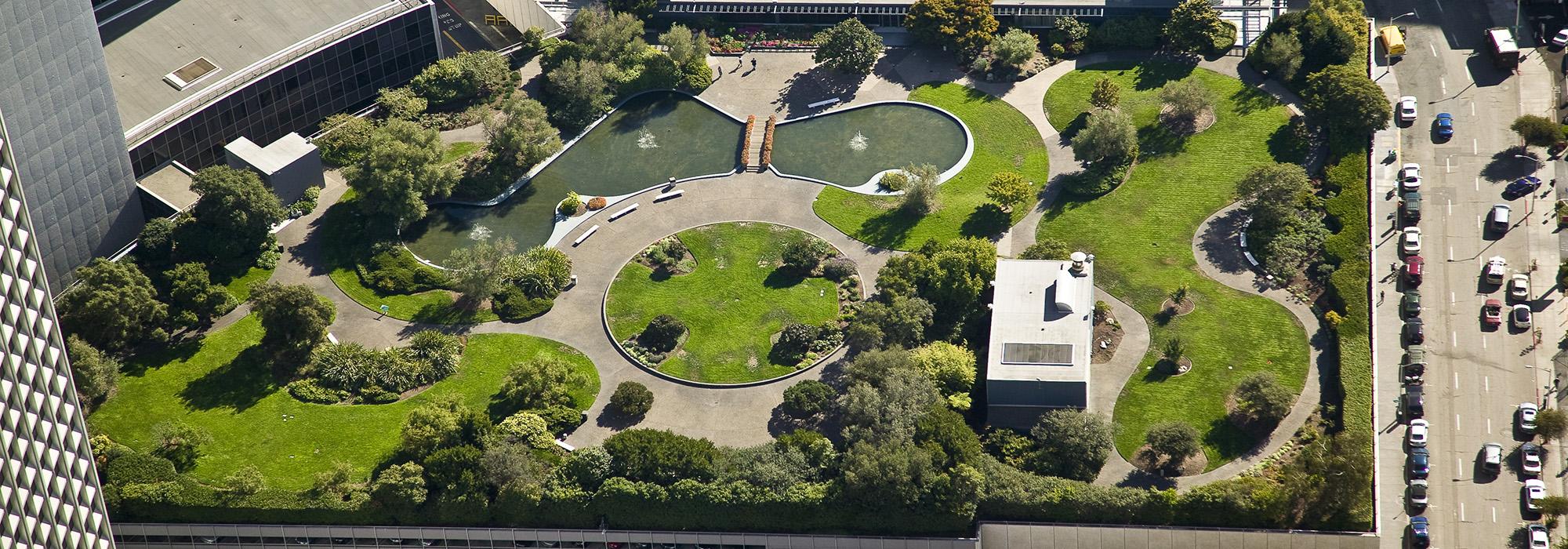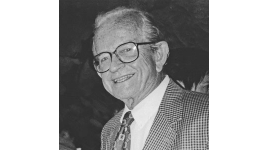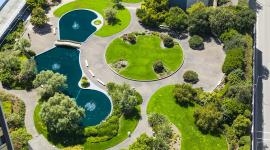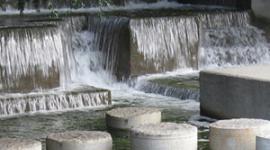Theodore "Ted" Osmundson Biography
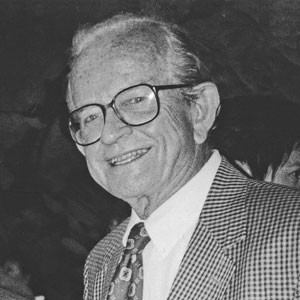
Theodore Osmundson, known as Ted, was born in Portsmouth, Virginia, in 1921, and graduated from Iowa State University with a bachelor of science degree in landscape architecture in 1943.
Osmundson began his professional career in San Francisco working for brief stints with Thomas Dolliver Church and Garrett Eckbo, as well as a landscape superintendent in a Bay area nursery. By 1946, he opened his own office. At a time when there were very few landscape architects in the region, his first commission was for $200 to design doctor’s garden in Berkeley. During nearly sixty years of professional practice, he was responsible for designs of numerous residential landscapes, parks, playgrounds, college campuses, recreation areas, historic properties, and rooftop landscape developments (now referred to as landscape on structure).
During the early years, Osmundson designed a many private gardens throughout the Bay area, however, he is best known for his design, with David Arbegast, of the Kaiser Center Roof Garden in Oakland, California. Utilizing his emerging skills as a photographer to document his own work, Osmundson sent photographs to popular magazines, including Sunset, House Beautiful, and House and Garden. The photographs were published with full credit to him as both designer and photographer. Throughout the rest of his career, he built up an impressive body of work of landscape photography. Wherever he traveled, he seldom was without one or more cameras from his extensive collection.
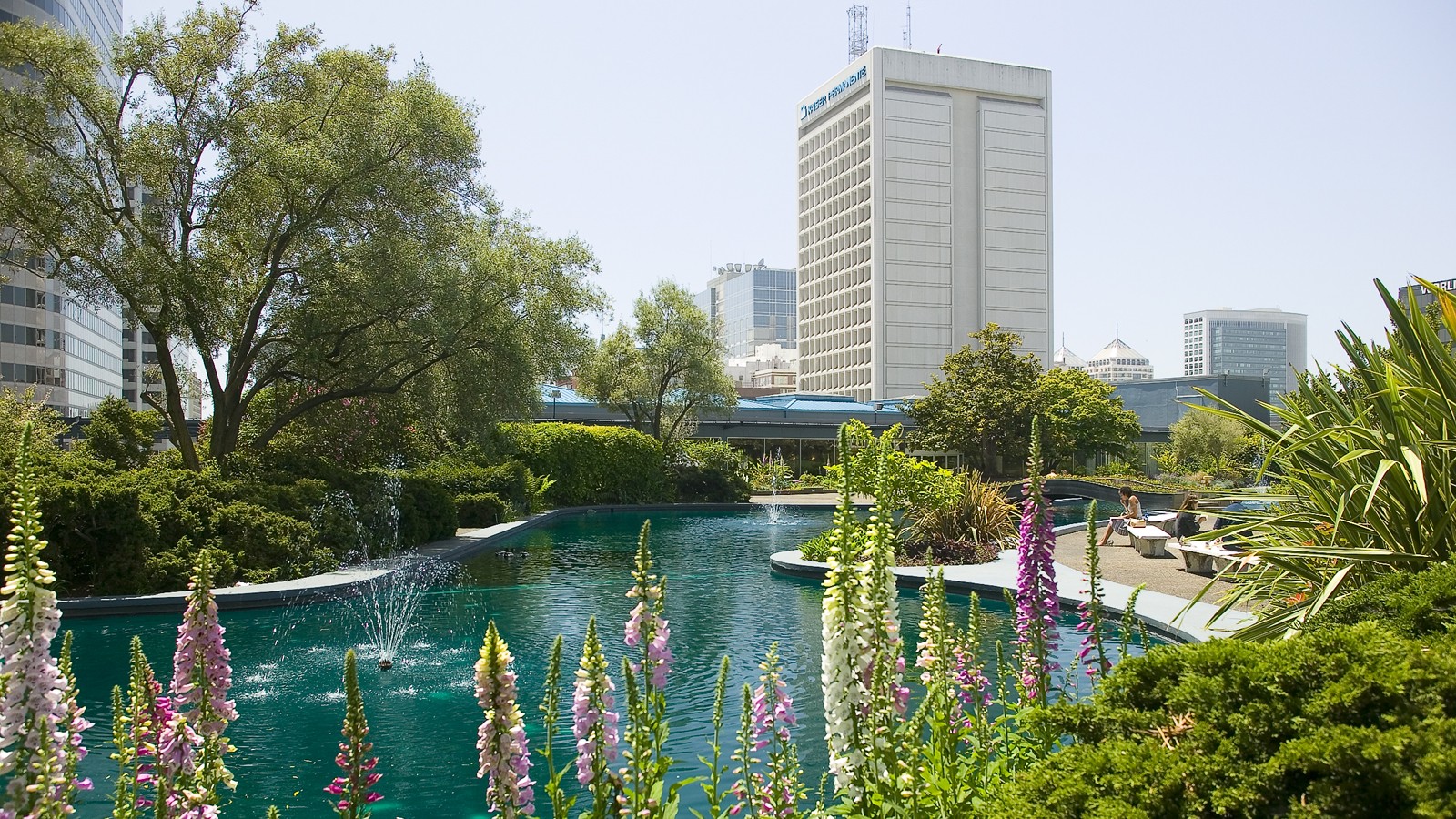
His writings included articles on school site design, flood control, integration of art into the landscape, electrical transmission line alignment, and rooftop landscape development. His book Roof Gardens, History, Design and Construction (1999) continues to be the definitive reference on this subject and is widely used throughout the world.
In addition to these accomplishments, Osmundson was a supreme builder of institutions and organizations related to his chosen profession. Early in his career, he realized that the individual professional, working alone, had very little impact, while a group, working together, could accomplish a great deal in a very short period of time. To this end, Osmundson joined the California Association of Landscape Architects in 1950 and quickly became its president. This organization spearheaded the movement toward the passage of the first state licensing law for landscape architects in the United States in 1953. He became the trustee of the American Society of Landscape Architects (ASLA) representing the Northern California Chapter. During this time he served on visiting teams for the accrediting of landscape architecture programs under the auspices of the ASLA Committee on Education. In 1963, he was elected a Fellow in the ASLA and became a vice president of the society. In 1967, he was elected the national President. On July 4, 1966, he was one of the six founders of the ASLA Foundation (now the Landscape Architecture Foundation) at Independence Hall in Philadelphia, Pennsylvania.
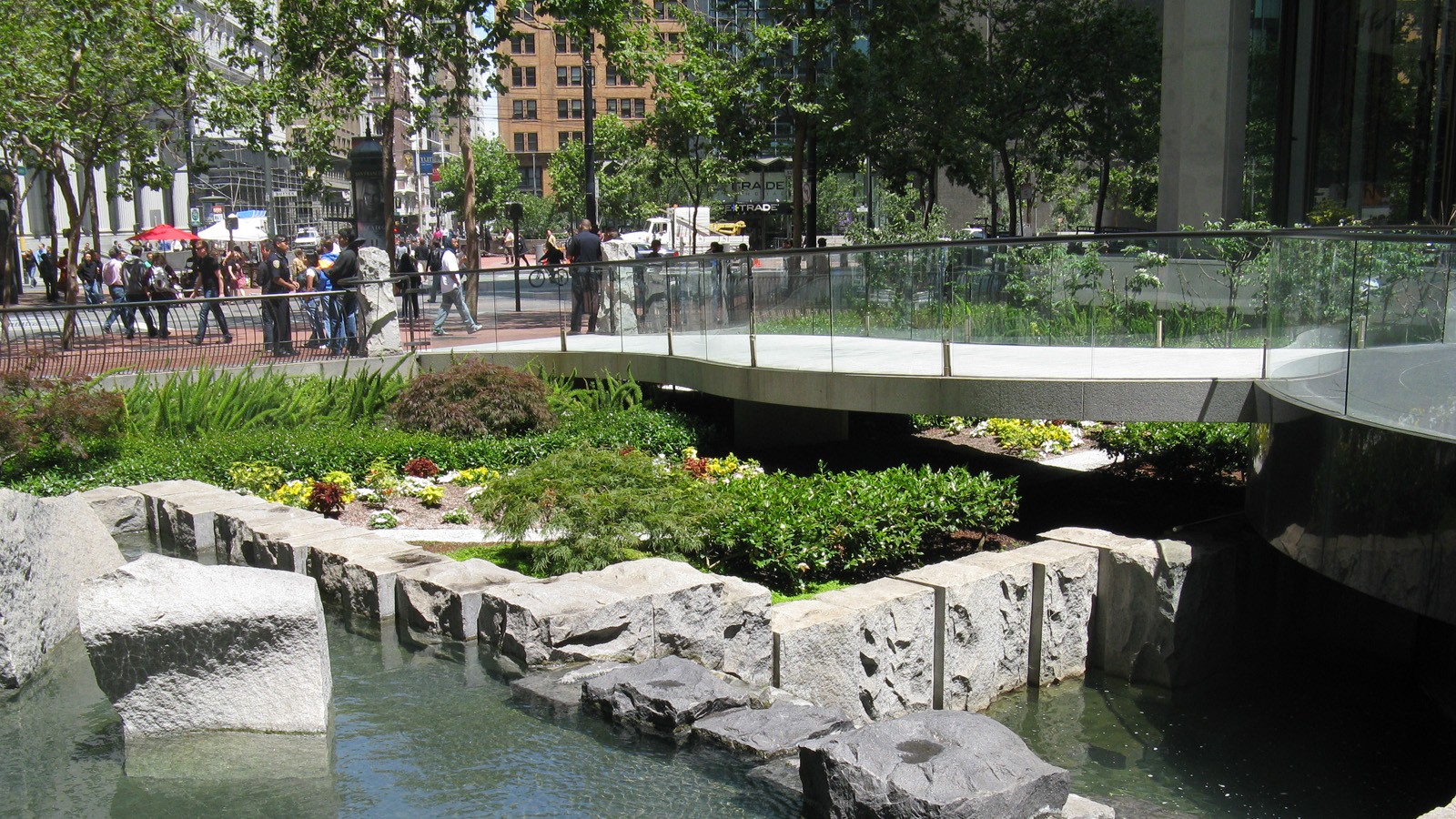
Osmundson made his greatest contribution to the profession in his capacity as president of the ASLA and the ASLA Foundation. His 1968 work program called for engaging a professional association management firm to assist in the reorganization and management of the ASLA; the development of a "Handbook of Professional Practice" and a "Handbook of Landscape Architectural Construction"; the organization of a Landscape Architecture Bookstore; a program of minority recruitment; the development of guidelines for barrier-free site design; a study of the improved school site design; the initiation of an index to graduate work in landscape architecture; and study of the profession. All of these projects were accomplished during his term as president and were expanded as he became the president of the ASLA Foundation. In that position, he initiated a publications program, organized a leadership meeting at the Roland Conference Center, and sought and obtained grants from the Educational Facilities Laboratory, the National Endowment for the Arts, the Ford Foundation, the National Park Service, and the Department of Housing and Urban Development. At the end of his term with the Foundation, the income generated from the sale of publications, grants, and contracts exceeded the income of the society itself from membership dues and the annual meeting. In 1968, during his presidency of the ASLA, his leadership success enabled the hiring of the first staff to the newly emerging Council of Landscape Architectural Registration Boards (CLARB).
In 1991, Osmundson was elected to the presidency of the International Federation of Landscape Architects (IFLA), where his expansive management style came in conflict with the more conservative approach of some of the other national organizations. As a result of his observations, he recommended that the ASLA withdraw from the international organization until they improved and streamlined their organizational structure and management practices. The ASLA complied with his suggestions and when the problems were corrected he recommended that the ASLA support the international organization once again.
When Osmundson was awarded the ASLA Medal in 1983 for his extraordinary contributions to the profession, the award read: "Few landscape architects, if any, have made a greater contribution to their profession than has Theodore Osmundson. As talented designer, as world-wide spokesman for the profession, as renowned lecturer and accomplished author, his dedicated concern for excellence brings honor and recognition to our profession."
Osmundson maintained his practice for sixty years while contributing to the profession through his volunteer efforts on behalf of all of the major organizations related to landscape architecture. His impact affected everyone who has practiced landscape architecture in the last half century, and this influence will likely continue for years to come.
Theodore Osmundson died on April 9, 2009, in Kensington, California, where he resided with his wife, Lorraine. Together they raised three sons, one of whom is a landscape architect practicing in the Bay Area.
Bibliography
Osmundson, Theodore. Articles in Landscape Architecture: "How A Profession Began," January 1965; "The Changing Technique of Roof Garden Design," March 1979; and "Sculpture Garden/Garden Sculpture," January 1983.
———————. Roof Gardens, History, Design and Construction. Evanston, Ill.: W. W. Norton & Co., 1999.
———————. "What Accreditation Has Meant to Landscape Architecture." Hortscience, January 1968.



